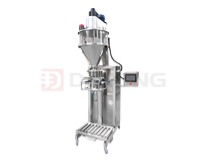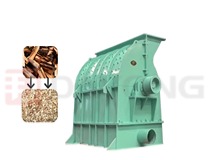How to choose the bouncing ball?
The bouncing ball, also known as the elastic ball, is an indispensable small part of the rotary vibrating screen. Its function is to imitate the manual beating of the screen surface by circulating in the middle of the rotary vibrating screen screen and the support plate, so that the material attached to the screen surface is removed from the screen and the screening output and accuracy are avoided.
According to the traditional classification of the bouncing ball, there are generally φ10, φ15, φ20, φ25, φ28, φ30, φ40, φ50, φ60 and so on according to the diameter of the rotary sieve, φ25 and φ28 are commonly used.
Bouncing ball according to the material classification can be roughly divided into: rubber ball, silicone ball, PTFE bouncing ball, different materials of bouncing ball use is not the same. Rubber bouncing ball: suitable for general material screening process; Silicone bouncing ball: has the advantages of good elasticity and wear resistance should not fall off, mainly suitable for food, medicine and other materials screening; Ptfe bouncing ball: It has the characteristics of oil resistance, no deformation in oil soaking, etc. It is mainly suitable for the screening of oily liquid materials.
According to different material characteristics, choose different bouncing balls to meet different customer requirements, although the bouncing ball is a small accessory, it is the key to solve the screening problem. The vibrating screen bouncing ball is not what materials need to be added, like the material fluidity is better, the screen mesh number is relatively thick material does not need to add the bouncing ball to clean the net, the effect is not effective, increasing the cost of customers. Generally, it should be a relatively fine material, if it is too fine, you have to consider using the ultrasonic system to clean the net. In general, according to our experience, the rotary vibrating screen is 20 mesh thin need to be added.





 (Live chat)
(Live chat)


_213x160.jpg)


 +86-15136770681
+86-15136770681 sale@vibratingscreen.cc
sale@vibratingscreen.cc +86-373-3669006
+86-373-3669006 From West Room 5, 1st Floor, Building 18, Huilong Yangguang Mingyuan, New District, Xinxiang, Henan, China (Mainland).
From West Room 5, 1st Floor, Building 18, Huilong Yangguang Mingyuan, New District, Xinxiang, Henan, China (Mainland). Your Position:
Your Position:


